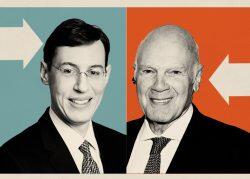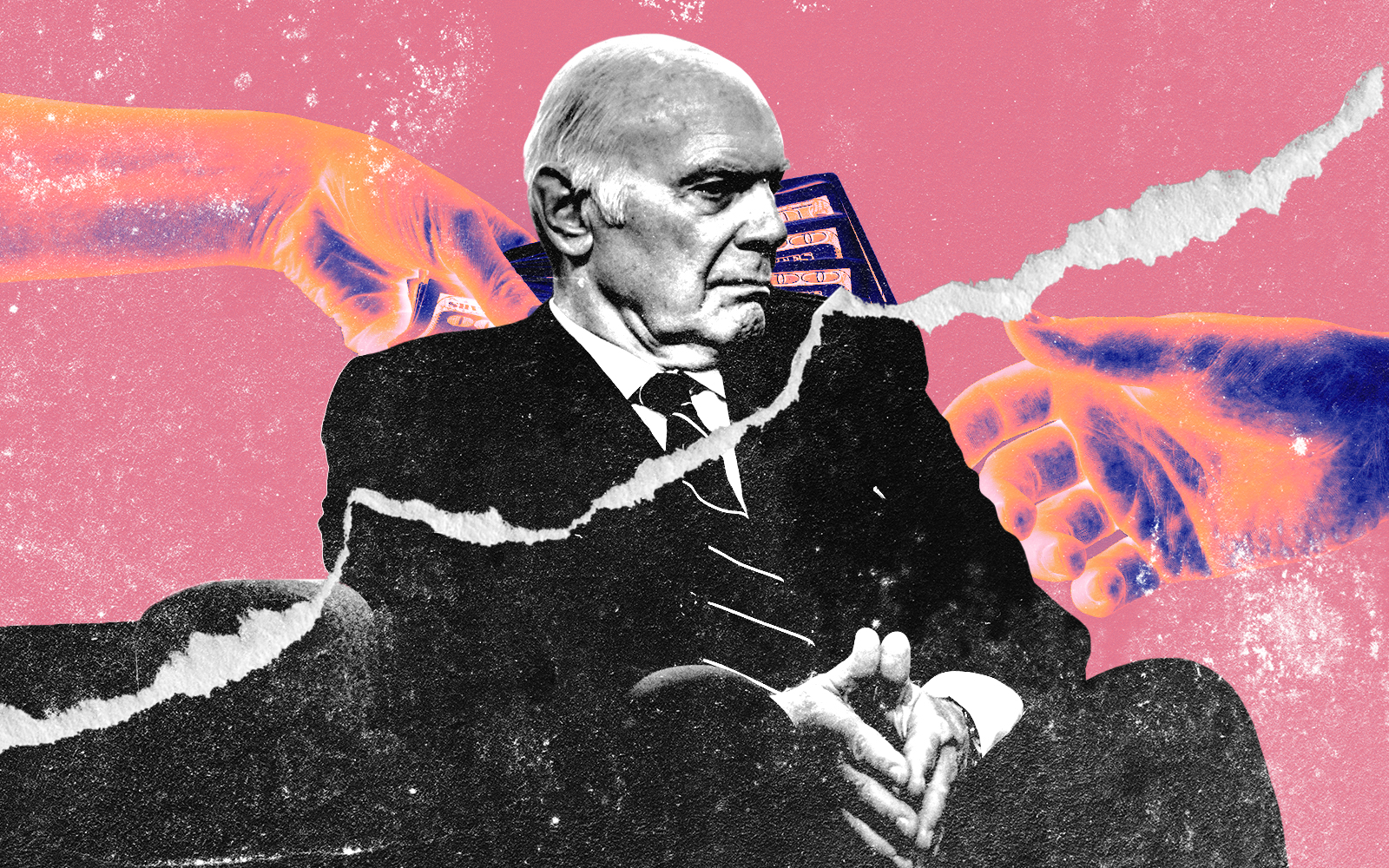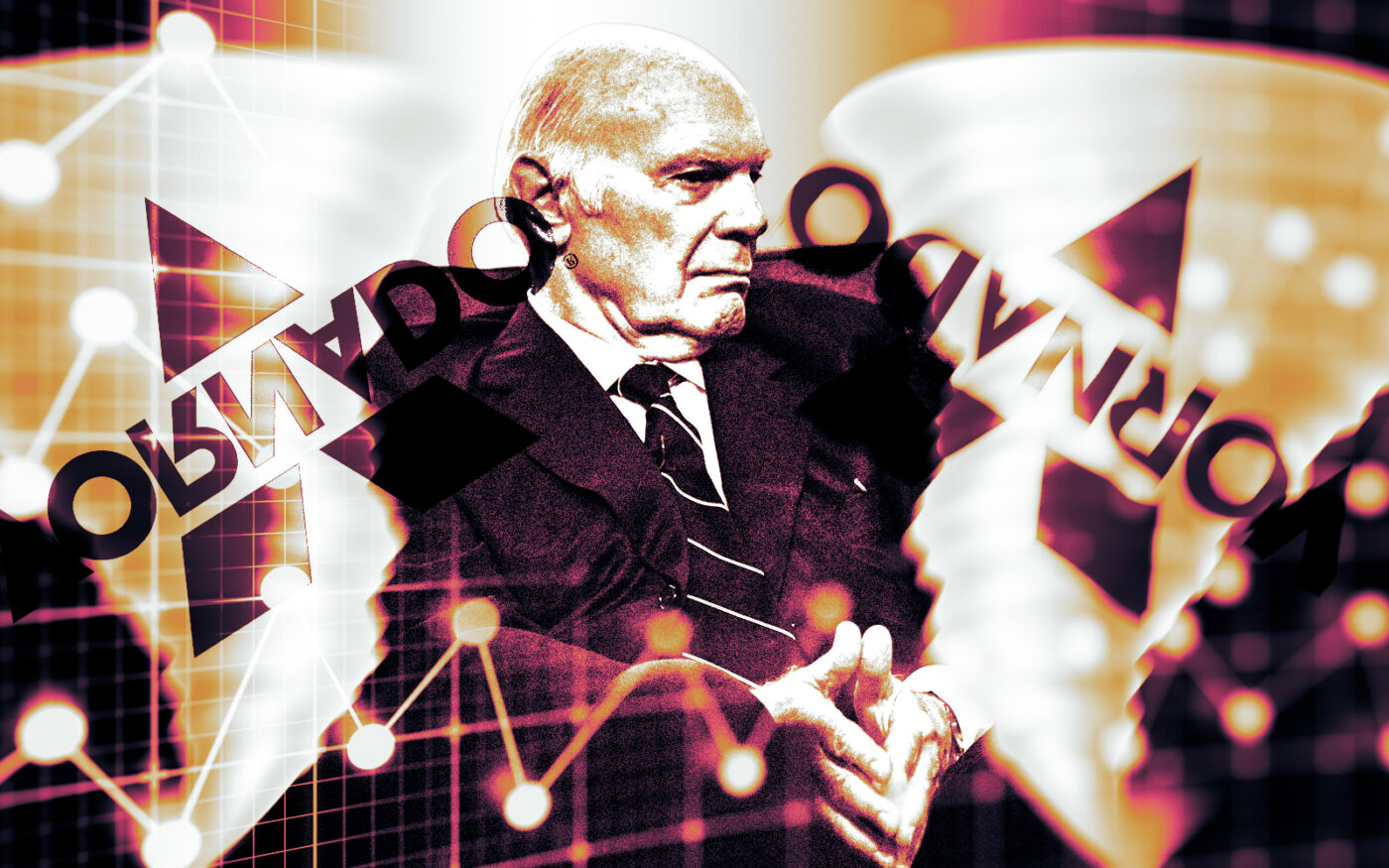As Vornado Realty Trust enters what chairman Steve Roth described as “the eye of the economic storm,” Goldman Sachs is issuing a warning.
The real estate investment trust could come to the brink of default on $2.6 billion worth of loans, analysts at the investment bank warned, as rising interest costs and other expenses squeeze its debt buffer to a razor-thin margin.
A whirlwind of rising interest costs, tenant departures and half a billion dollars in expenses tied to its massive redevelopment project surrounding Penn Station could bring the REIT’s debt coverage ratio dangerously close to its limit, the analysts wrote in a May 1 note.
If the coverage ratio were to drop below that limit, Vornado would breach its covenants and trigger a technical default on its corporate-level loans and line of credit.
“Coverage has declined significantly over the past year,” the Goldman analysts wrote.
Coverage ratios on two of Vornado’s debt covenants declined by more than 70 basis points over the past year, according to Goldman. The main culprit was rising interest rates: The REIT’s weighted average rate went from 2.45 percent to 4.23 percent after the Federal Reserve began hiking rates last spring.
That leaves a buffer of just 79 basis points before the company hits the limit on those coverage ratios. Goldman’s analysts calculate that those buffers could narrow to a mere 10 and 20 basis points, respectively, if things continue the way they’re headed.
In addition to rising interest payments, Vornado must contend with a significant amount of interest rate swaps and rate caps that are set to expire through 2024. The company has hedges on $2.4 billion worth of expiring mortgage debt, which could add an additional $73 million in interest rate expenses, the analysts calculated.
The loss of two large office tenants will cost it another $68 million in revenue, according to the analysts, and Vornado still has to spend $500 million to complete its current Penn Station area projects, primarily the redevelopments of its Penn 1 and Penn 2 buildings.
A spokesperson for Vornado said the company disagreed with Goldman Sachs’ analysis but declined to comment further.
The Goldman analysts questioned whether Vornado’s declining coverage ratios were pressuring the firm to sell properties.
Vornado said last week that it plans to sell assets to pay down its debts and address other capital needs, like funding a stock buyback program.
Read more


In May, Vornado made a surprising move to suspend its dividend for the rest of the year — leaving many to wonder if there was more trouble under the surface than seemed apparent when the REIT cut its dividend by almost 30 percent earlier this year.
Vornado’s stock, which has fallen from a pre-pandemic level of nearly $68 a share to below $14 as of Thursday, was removed from the S&P 500 in January. The index said the company’s shares have become “more representative of the midcap market space.”




